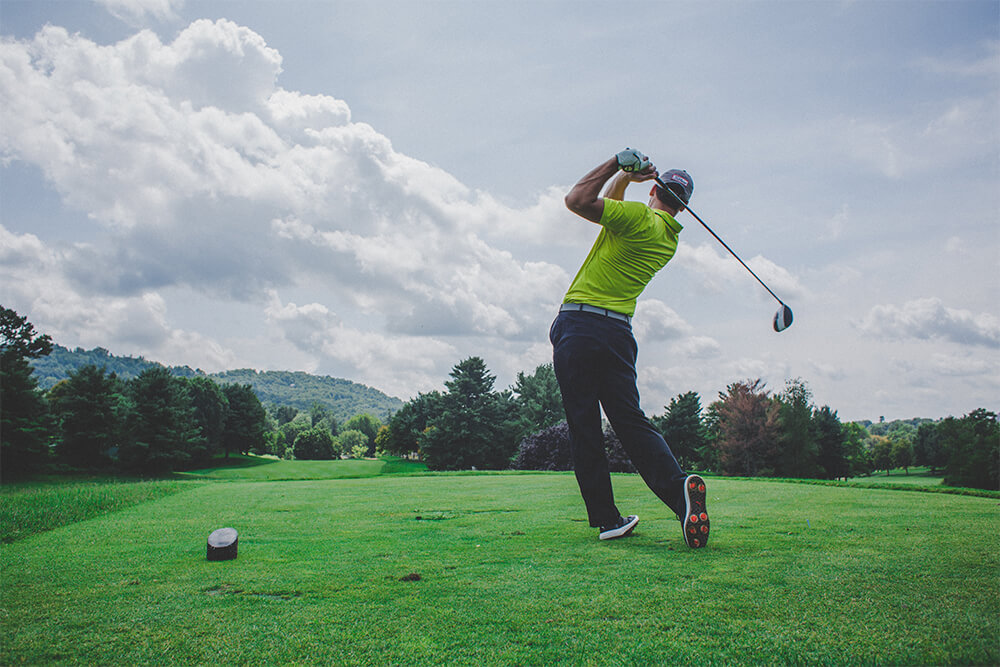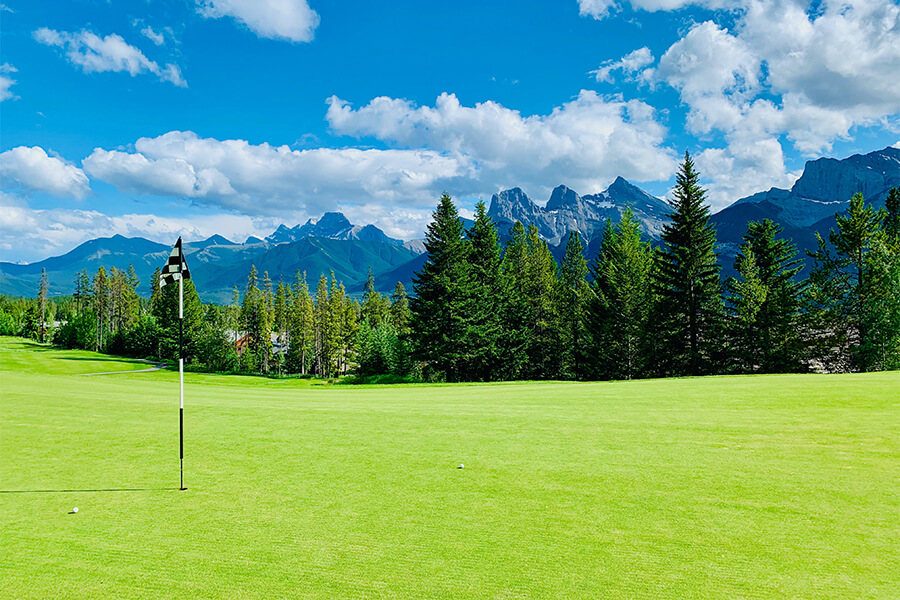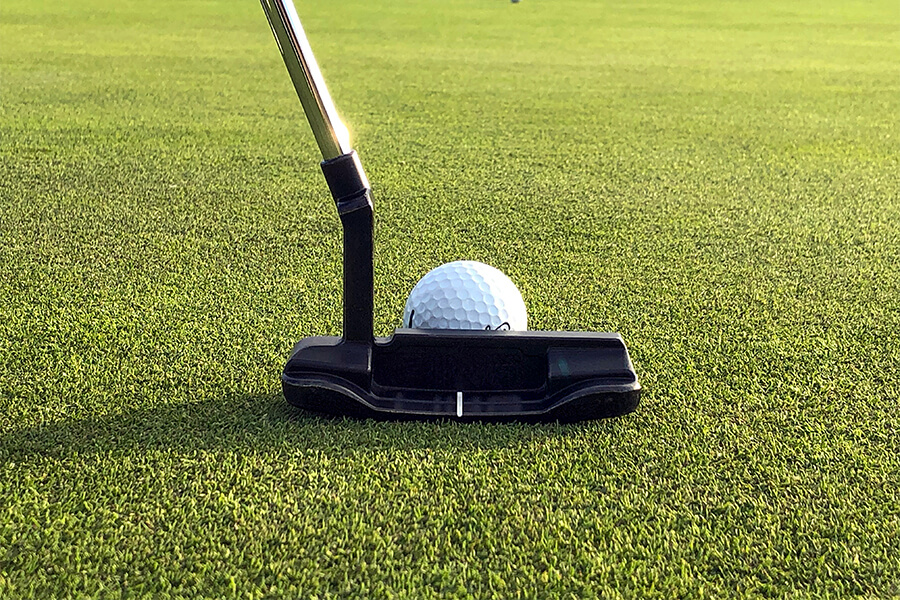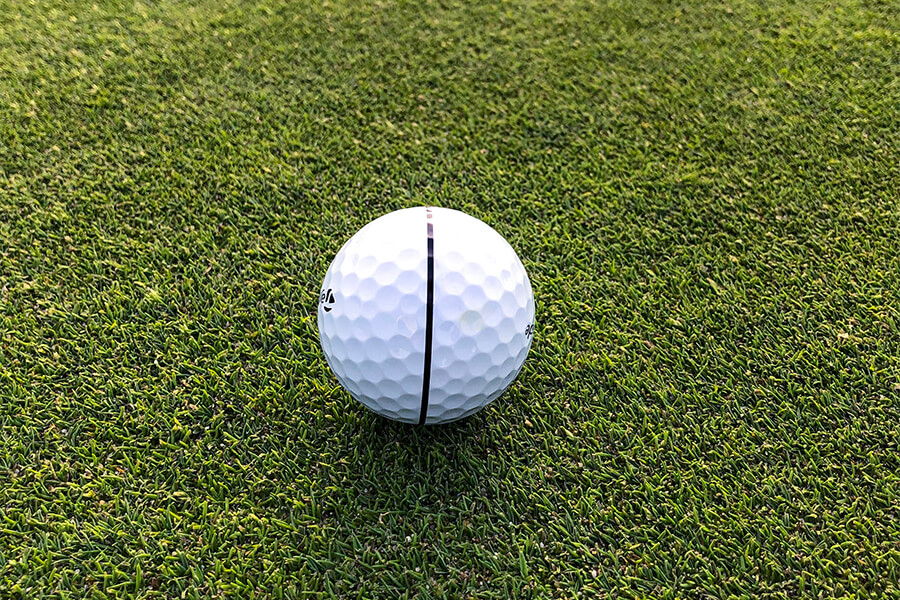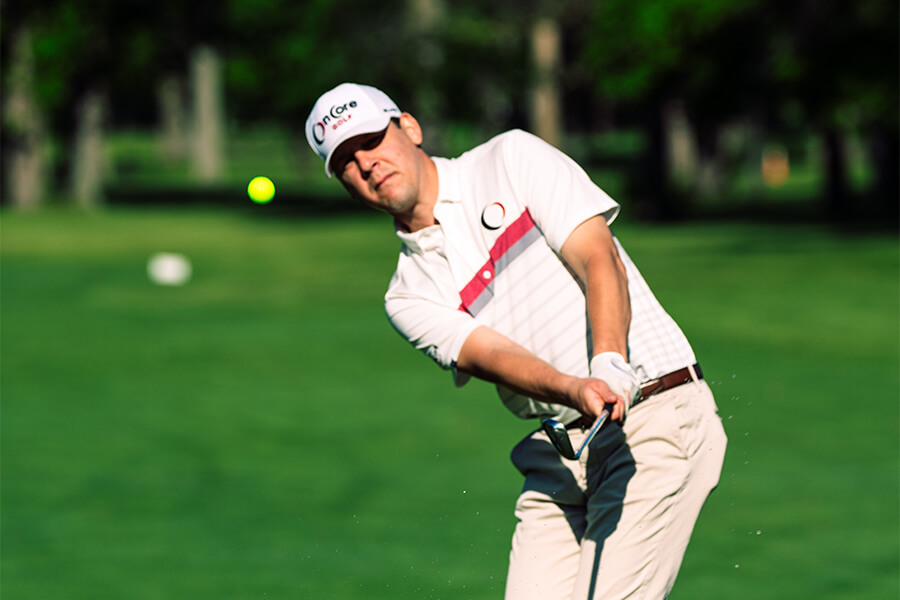The second motion of a golf swing is the backswing, which is where a player lays the groundwork for the downswing. To produce power and accuracy in the shot, a precise backswing is essential. Here is a step-by-step instruction manual to assist you in comprehending and using the proper backswing technique:
Step 1: takeout
The takeout is the first motion in the backswing. Keep your arms at your sides and turn your body away from the target using your shoulders. Make sure the clubhead is parallel to your hands and maintain tight wrists. As much as you can while keeping your head steady, rotate your hips and shoulders.
Step 2: coiling
You’ll start to coil your body as you resume your backswing. Power for the shot will be generated here. You will turn your shoulders and hips away from the target while moving your weight to your back foot.
Step 3: The backswing's peak
Your hips, shoulders, and arms have to be pointed away from the target as you come to the top of the backswing. Your wrists should be cocked and your club should be facing upward.
Step 4: Start the changeover
Start to unwind your body by turning your hips and shoulders in the direction of the goal as you start the downswing. Allow the clubhead to naturally descend towards the ball while maintaining a calm posture with your arms and club.
The value of appropriate tempo
In conclusion, the backswing, which is the second motion in a golf swing, calls for a proper takeaway, coiling, reaching the peak of the motion, and starting the downswing. The ability to maintain control, produce power, and foster precision throughout the swing is essential for a successful backswing. A proper backswing must have a proper tempo, which is the swing’s rhythm, and be in time with the rest of the swing. To enhance your game, keep in mind that you should practice frequently, concentrate on perfect mechanics, and build muscle memory.
The usage of your body and rotation of your upper body during the backswing is a crucial component. To generate force and keep your balance during the swing, your body and upper body rotation are essential. Use your body and upper body rotation to create a solid base and produce power as you begin the backswing with your shoulders.
The posture of your arms and club during the backswing is another crucial factor. Your club should rotate at the same rate as your body while your arms should be at ease. To avoid losing control and precision, try not to tense up your arms or swing too quickly.
The posture of your head during the backswing is another crucial consideration
Throughout the backswing, your head should remain firm and motionless. You can do this to keep your balance and control throughout the swing. Additionally, a perfect pivot must be used throughout the backswing in order to generate power and preserve balance. A proper pivot is the way the golfer initiates the backswing using his or her lower body.
Last but not least, it’s significant to remember that the backswing necessitates constant practice with an emphasis on correct mechanics and muscle memory. You can improve your technique and confidence by taking a class from a professional or practicing at the range.
In conclusion, the backswing is an essential component of the golf swing and calls for the right takeaway, coiling, reaching the top of the backswing and starting the transition to the downswing, as well as the use of your body and upper body rotation, positioning of your arms and club, positioning of your head, a proper pivot, and consistent practice. You may enhance your backswing and general golf game by following the instructions provided in this article, paying attention to these crucial details, and practicing frequently. To enhance your game, keep in mind to concentrate on appropriate mechanics, build muscle memory, take a lesson, and practice frequently.

